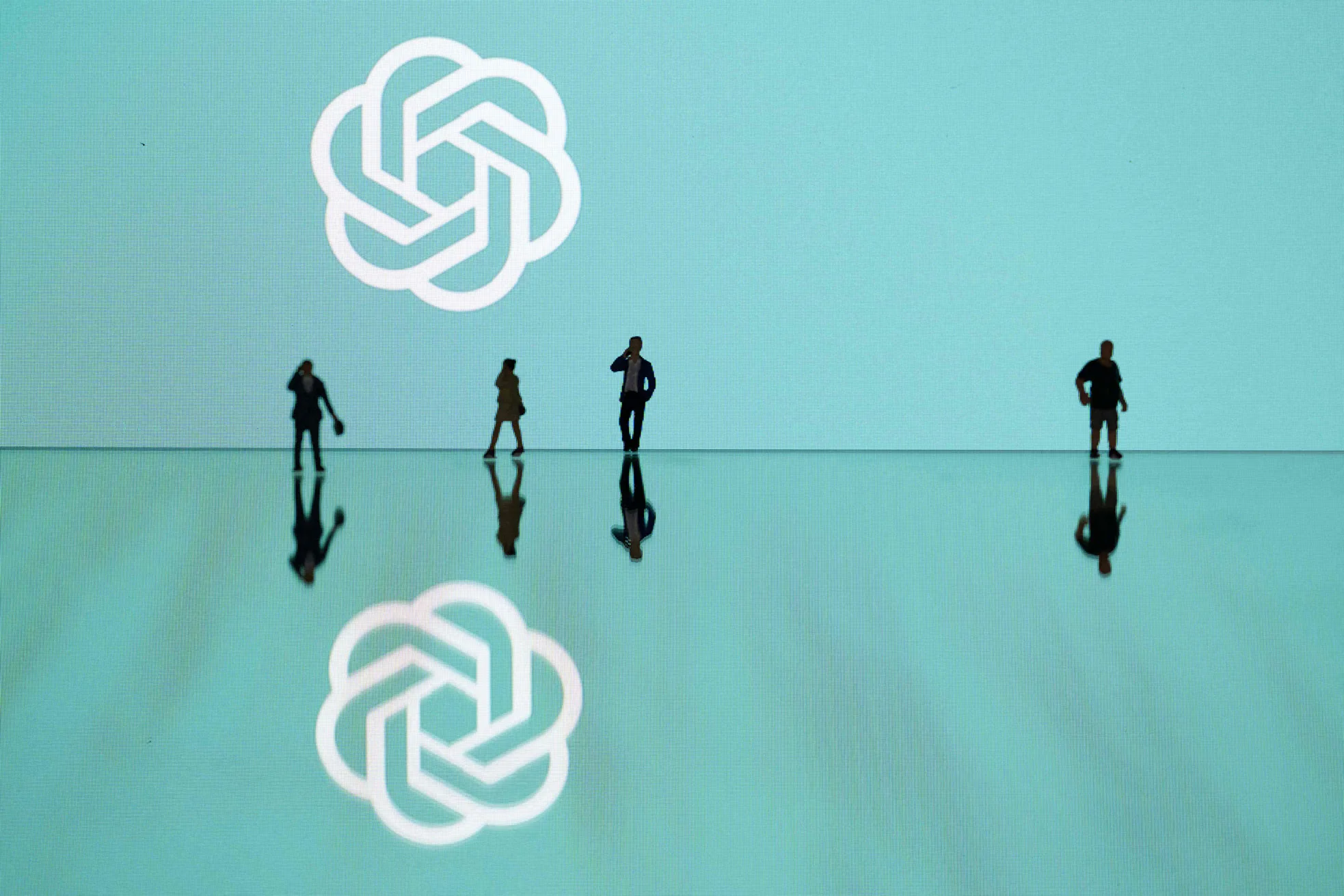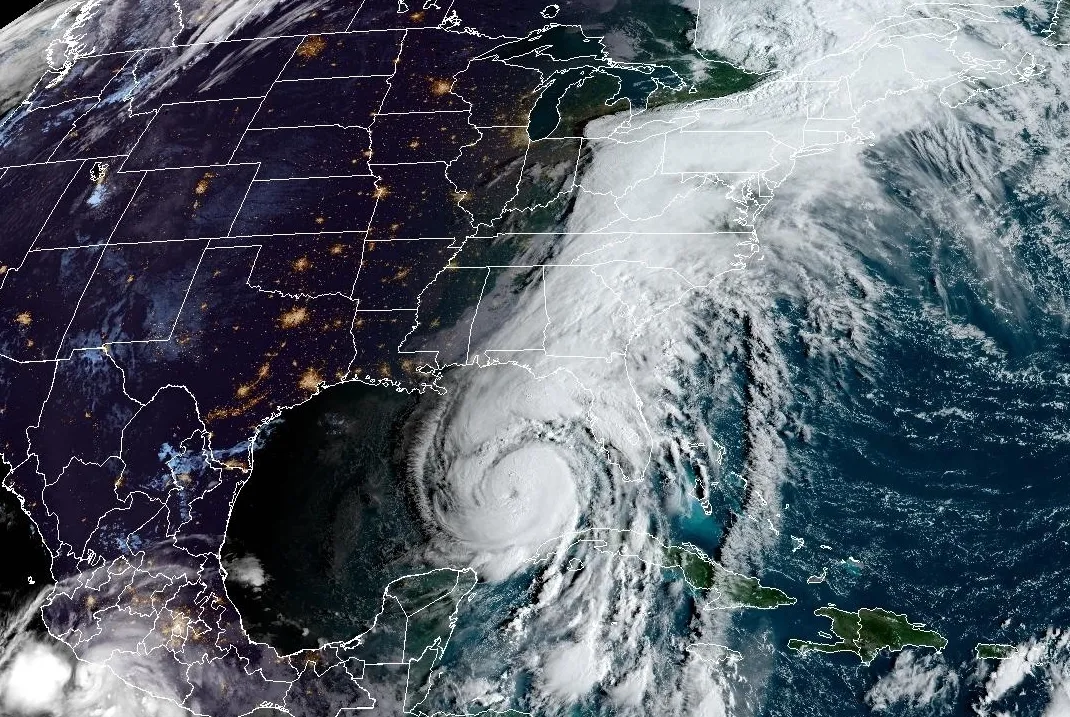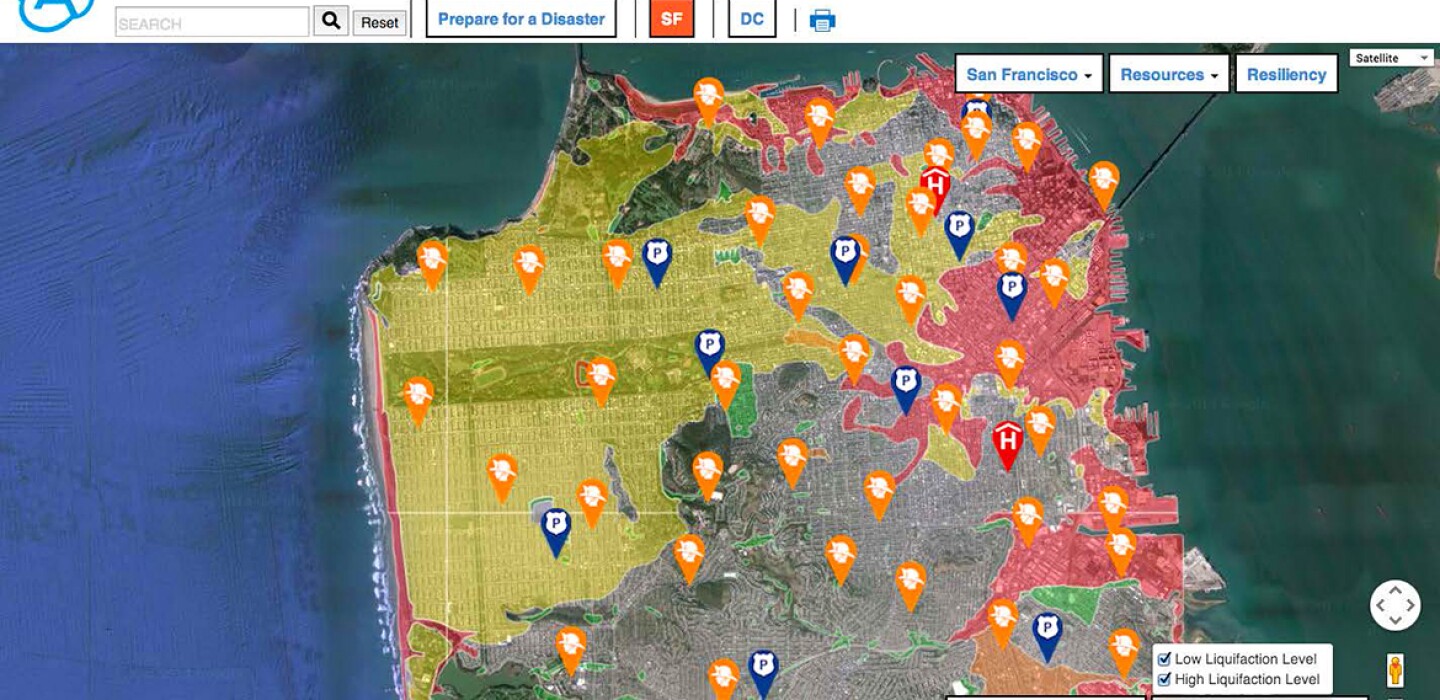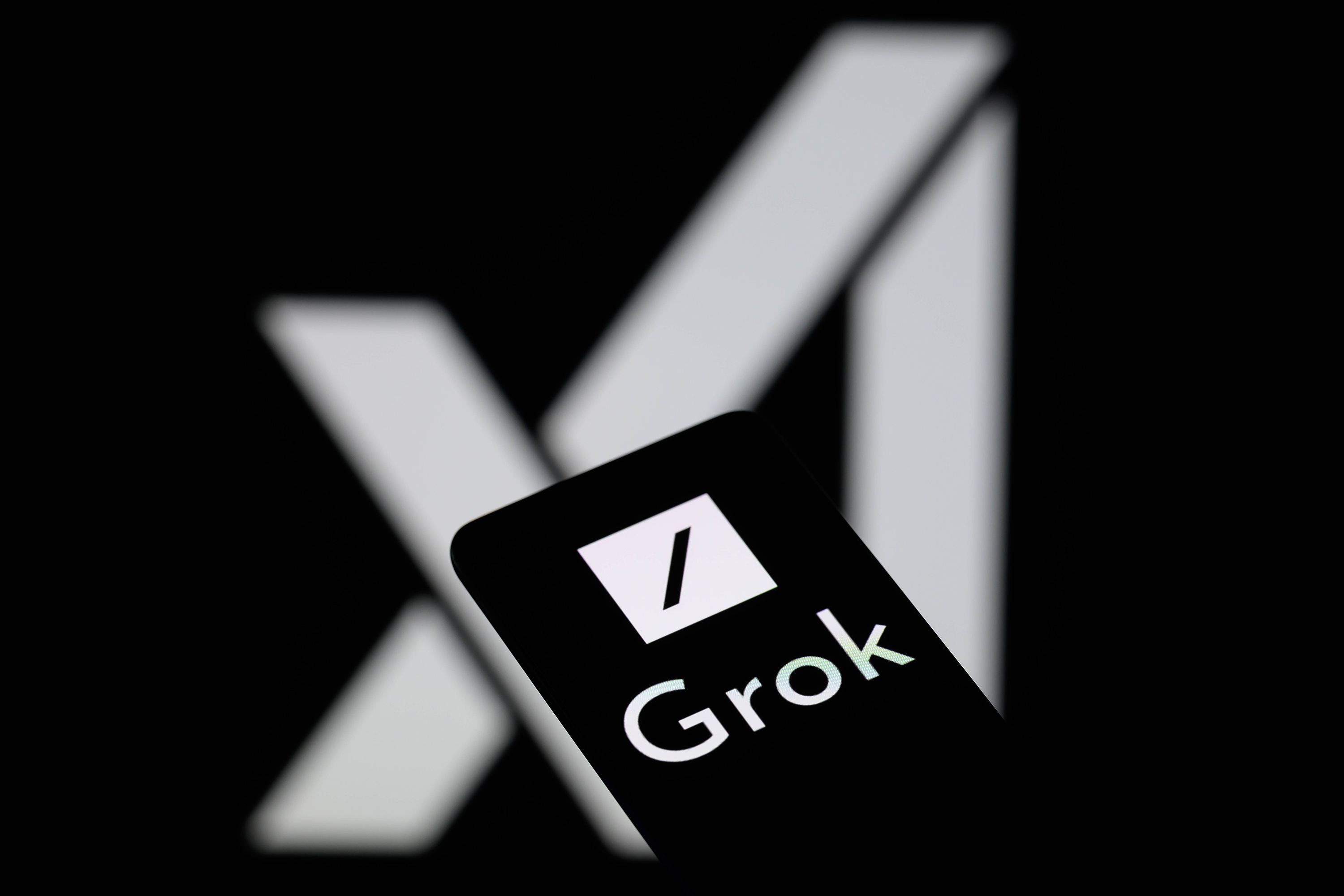
ChatGPT Sends Millions to Verified Election News, Blocks 250,000 Deepfake Attempts
AI
Zaker Adham
09 November 2024
16 October 2024
|
Zaker Adham
Summary
Summary
As North Queensland braces for its peak disaster season, three James Cook University PhD students are working on a cutting-edge AI chatbot that could transform the way information is delivered during emergencies. This AI tool is designed to provide real-time, postcode-specific updates for cyclones, floods, and other extreme weather events through advanced AI chatting online features.

Alison Sheaves, Craig Ridep-Morris, and Madison Green, postgraduate psychology students at JCU, aim to use human behavior theory to design a chatbot that personalizes crucial information during disasters. The goal is to deploy this chatbot in local disaster dashboards, making it easier for residents to access timely and relevant updates tailored to their specific location using an online talking AI system.
The trio's inspiration stems from their own experiences during significant weather events, including Tropical Cyclones Yasi (2011), Kirrily (2024), and the Townsville floods (2019). Their firsthand knowledge of the varied impacts across different suburbs has driven them to bridge psychological theory with disaster preparedness.
"Townsville is quite large, and the disaster information we receive often covers the entire area, even though different suburbs can experience vastly different conditions," explained Ms. Sheaves. "An AI chatbot capable of delivering personalized updates based on one's location would address this issue, ensuring that people are receiving information that is directly relevant to their situation through AI chats online."
The chatbot would help residents prepare for and respond to natural disasters by offering tailored information about risks, mitigation strategies, and updates on current conditions. Madison Green noted that despite having plenty of reliable disaster information available, many people feel uncertain about how to act in emergency situations.
"A chatbot integrated with local disaster dashboards can provide easy access to all this crucial data, making it more user-friendly," she said. "In past disasters, I’ve often wondered what was happening in my immediate area, and this tool, leveraging online talking AI, would bridge that information gap by offering suburb-specific updates."

The team recently won the Disaster Challenge final, hosted by Natural Hazards Research Australia, and they are now exploring opportunities to scale the chatbot project. This could include collaborations with local councils and potentially broader government agencies.
Ms. Sheaves highlighted the excitement of being able to implement research that directly benefits the community. "Seeing our work applied on such a meaningful level to help people in vulnerable situations is incredibly rewarding," she said. "We still have a long way to go, but the positive feedback and support have been overwhelming."

AI
Zaker Adham
09 November 2024

AI
Zaker Adham
09 November 2024

AI
Zaker Adham
07 November 2024

AI
Zaker Adham
06 November 2024